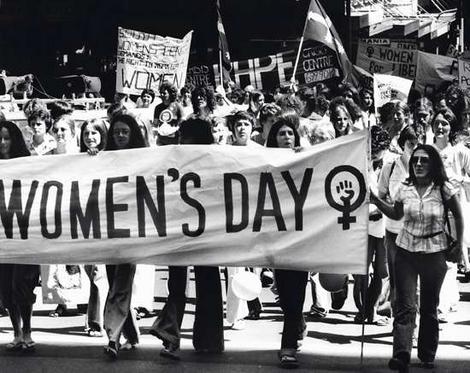
International Women’s Day
It is International Women’s Day (IWD) on the 8th March.
IWD was first observed in 1908 when women garment workers' went on strike in New York against their terrible working conditions, unequal pay and no right to vote. In 1910 an international conference of women
decided that a day each year should be used to honour the women’s movement and agitate for the rights of women.
In Australia IWD has been celebrated since 1928 with demands for equal pay for equal work, an 8 hour day for shop girls, no piece work, the basic wage for the unemployed and annual holidays on full pay.
This year the Australian union movement is focussed on cuts to wages and conditions from attacks on penalty rates and rights at work, including domestic violence leave. These issues have a huge impact on women workers.
In Australia women still earn an average of 18.2% less than men. In March 2014 the average weekly ordinary time earnings of women working full-time were $1270 per week compared to men who earned an average weekly wage of $1532.80. Of course this is due to a number of factors such as women working in low paid industries, women’s breaks in service due to parenting and caring responsibilities and systemic discrimination against women. The gender pay gap is higher in the private sector (20.2%) than the public (13.1%) and increases with age. Those on collective agreements (16.9%) do better than those on individual contracts (20.6%).
Clearly being in a union means receiving a better wage but we still have a long way to go to remove gender inequality and sexism in the workplace.










